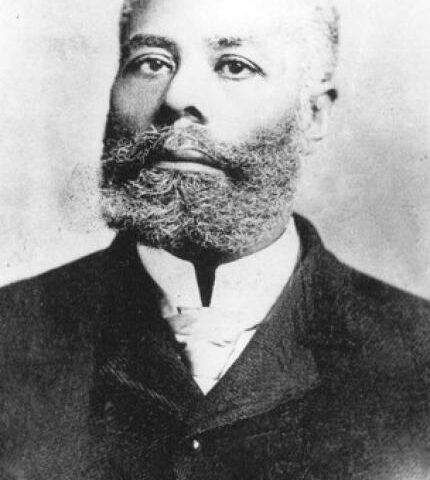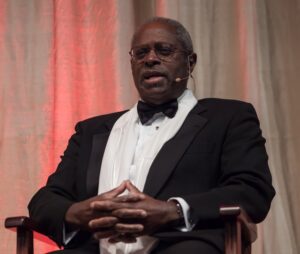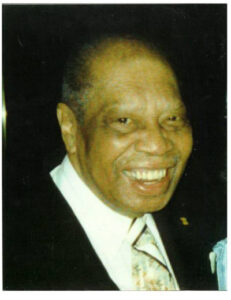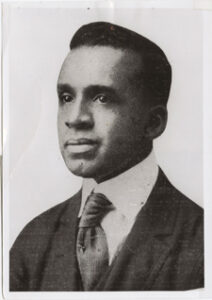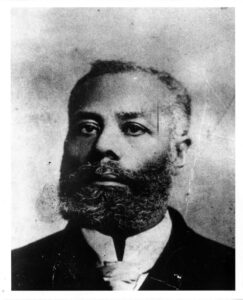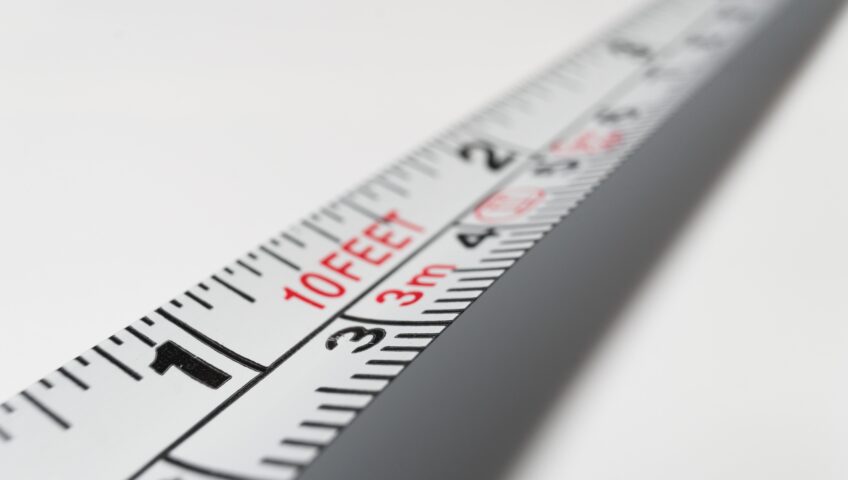February is African American History Month. Therefore, it is the ideal time to highlight the engineering accomplishments of Elijah McCoy, an African American who, despite facing racism, social injustice, and prejudice, persevered and achieved remarkable feats in the engineering industry.
Elijah McCoy was born in Canada in 1844 to runaway slaves who had escaped Kentucky through the Underground Railroad. At the age of 15, he moved to Edinburgh, Scotland for an apprenticeship. There he became certified in mechanical engineering. Upon leaving Scotland, he moved to Michigan, where his family was now living. After being unable to find engineering work in Michigan because of his race, he found work as a fireman with the Michigan Central Railroad. Part of his duties included oiling the steam engine parts. Soon, McCoy had invented an automatic engine lubricator, which meant that trains were no longer required to stop for lubrication, and lubrication could now occur while the trains were moving. As news of the invention spread, many inventors attempted to create their own version of the automatic lubricator. However, it was soon discovered that McCoy’s invention was superior. It is said that railway engineers began requesting “the real McCoy” lubricator. McCoy filed a total of almost 60 patents, including designs for an ironing board, a lawn sprinkler, and other machines.
Happy African American History Month!
Image Credit: Henry Ford Collection / Public Domain

